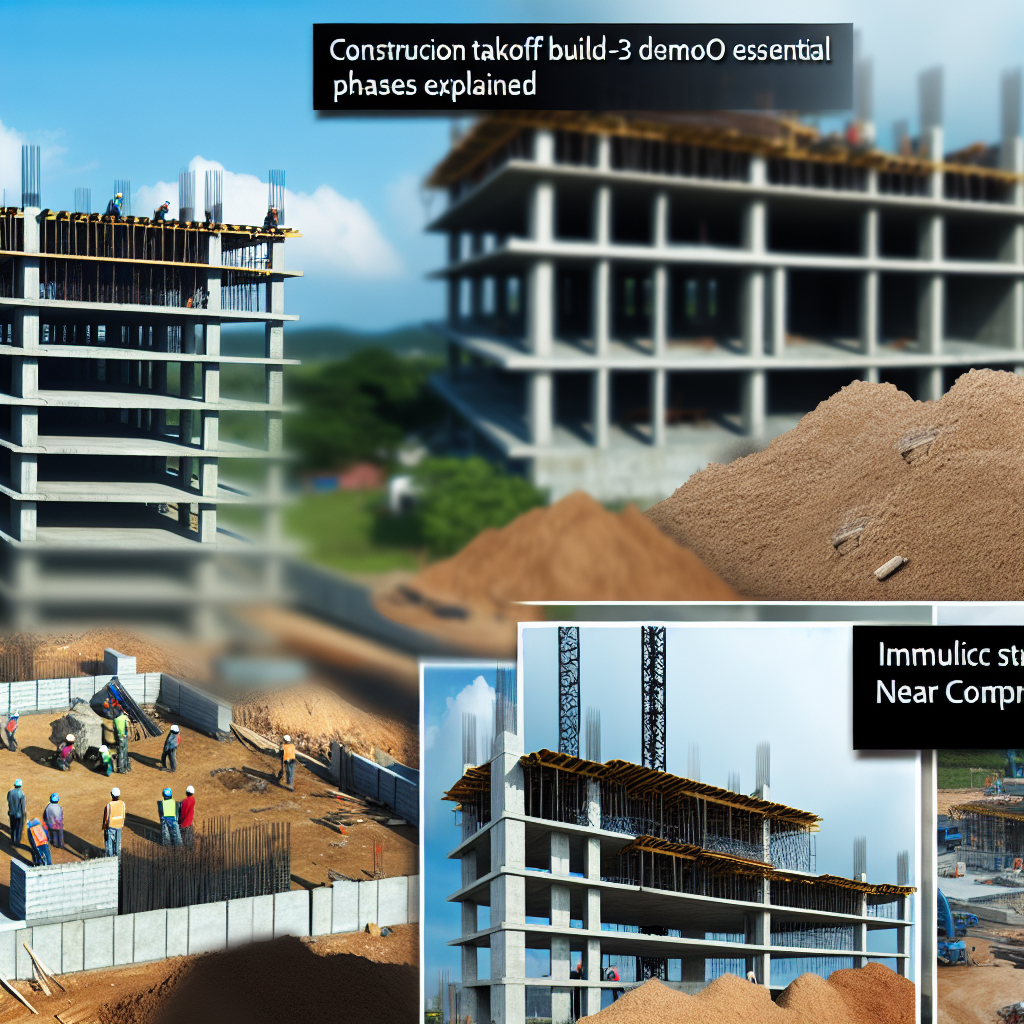In the construction industry, precise planning and execution are vital to project success. Terms like Construction Takeoff, Build-3, and Demo represent crucial stages in the process of turning blueprints into reality. This article explores these key phases to help builders and project managers understand their significance and how they interconnect for efficient project delivery.
Understanding Construction Takeoff and Its Role in Project Planning
Construction Takeoff is the foundational step in the estimating and planning process. It involves detailed measurement and quantification of materials, labor, and equipment needed for a project based on blueprints and specifications. Proper takeoff practices are critical for accurate budgeting, scheduling, and resource allocation, ultimately reducing waste and minimizing costs.
During a takeoff, professionals analyze architectural and engineering drawings to identify quantities of everything from concrete and framing to electrical wiring and finishes. Modern tools, including digital takeoff software, have streamlined this process, enhancing accuracy and speed. An effective takeoff ensures that project quotations are reliable, preventing costly overruns or delays once construction begins.
From Build-3 to Demo: The Transition Phases in Construction Projects
Following the planning and estimation phase, Build-3 typically refers to the third stage in a multi-phase construction process, often associated with the execution of structural work, interior systems, or critical infrastructure. At this point, the project moves from conceptual planning to tangible development, where detailed projects are implemented according to the blueprint and takeoff data.
As part of the build process, Demo comes into play when existing structures need to be removed to make way for new construction or renovations. Demolition is a vital phase that requires careful planning to ensure safety, environmental compliance, and minimal disruption. Accurate assessment during the initial takeoff can inform demolition strategies, as understanding the scope and materials involved reduces risks during teardown. Integrating demolition seamlessly with the subsequent build phases allows for a smoother transition from existing structures to new development, ultimately saving time and resources.
Conclusion
In conclusion, a comprehensive understanding of Construction Takeoff, Build-3, and Demo stages is essential for effective project management. Accurate takeoffs lay the groundwork for precise estimations, while knowing how to transition from planning to execution, including demolitions, ensures project flow remains uninterrupted. Mastering these phases allows builders to deliver projects on time, within budget, and to the highest quality standards.
